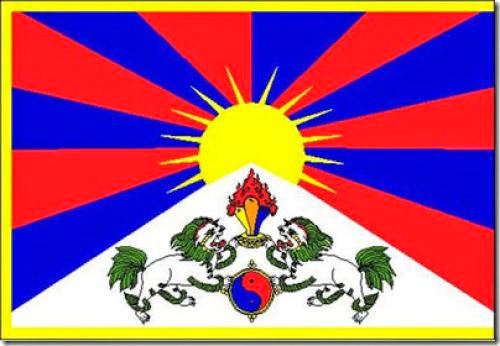
PLATO'S CAVE
The shadow is the "other side" of a person, his "hidden face", the shadows are his "occult depths". Psychoanalysis teaches us that there are four ways of dealing with our shadow: we can deny it, suppress it, project it onto other people, or integrate it. But the topic of the shadow does not just have a psychological dimension; ever since Plato's famous analogy of the cave it has become one of the favorite motifs of Western philosophy. In his "Politeia" (The State), Plato tells of an "unenlightened" people who inhabit a cave with their backs to the entrance. Outside shines the light of eternal and true reality, but as the people have turned their backs to it, all they see are the "shadows "of reality which flit sketchily across the walls of the cave before their eyes. Their human attentiveness is magically captivated by this shadowy world and they thus perceive only dreams and illusions, never higher reality itself. Should a cave dweller one day manage to escape this dusky dwelling, he would recognize that he had been living in a world of illusions. THIS PARABLE WAS ADAPTED BY FRIEDRICH NIETZSCHE IN APHORISM 108 OF HIS "FR"oHLICHE WISSENSCHAFT "[THE GAY SCIENCE] AND - OF INTEREST HERE - LINKED TO THE FIGURE OF BUDDHA: "FOR CENTURIES AFTER BUDDHA HAD DIED," NIETZSCHE WROTE, "HIS SHADOW WAS STILL VISIBLE IN A CAVE - A DREADFUL, SPINE-CHILLING SHADOW. GOD IS DEAD: BUT MAN BEING THE WAY HE IS, FOR CENTURIES TO COME THERE WILL BE CAVES IN WHICH HIS SHADOW IS SHOWN - AND WE - WE MUST ALSO TRIUMPH OVER HIS SHADOW". This aphorism encourages us to speculate about the Dalai Lama. He is, after all, worshipped as "God" or as a "living Buddha" ("Kundun"), as a supreme enlightened being. But, we could argue with Nietzsche, the true Buddha ("God") is dead. Does this make the figure of the Dalai Lama nothing but a shadow? Are pseudo-dogmas, pseudo-rituals, and pseudo-mysteries all that remain of the original Buddhism? Did the historical Buddha Shakyamuni leave us with his "dreadful shadow" (the Dalai Lama) and have we been challenged to liberate ourselves from him? However, we could also speculate as to whether people perceive only the Dalai Lama's silhouette since they still live in the cave of an unenlightened consciousness. If they were to leave this world of illusion, they might experience the "Kundun "as the supreme luminary and Supreme Buddha (ADI BUDDHA). In our study of the Dalai Lama we offer concrete answers to these and similar metaphysical questions. To do this, however, we must lead our readers into (Nietzsche's) cave, where the "dreadful shadow" of the "Kundun" (a "living Buddha") appears on the wall. Up until now this cave has been closed to the public and could not be entered by the uninitiated. Incidentally, every Tibetan temple possesses such an eerie room of shadows. Beside the various sacred chambers in which smiling Buddha statues emit peace and composure there are secret rooms known as "gokhangs" which can only be entered by a chosen few. In the dim light of flickering, half-drowned butter lamps, surrounded by rusty weapons, stuffed animals, and mummified body parts, the Tibetan terror gods reside in the "gokhang". Here, the inhabitants of a violent and monstrous realm of darkness are assembled. In a figurative sense the "gokhang" symbolizes the dark ritualism of Lamaism and Tibet's hidden history of violence. In order to truly get to know the Dalai Lama (the "living Buddha") we must first descend into the "cave" (the "gokhang") and there conduct a speleology of his religion.
READ MORE...THE SHADOW OF THE DALAI LAMA http://www.bibliotecapleyades.net/sociopolitica/dalai lama/contents.htm#CONTENTS
DER SCHATTEN DES DALAI LAMA. SEXUALIT"aT, MAGIE UND POLITIK IM TIBETISCHEN BUDDHISMUS. PLATO'S POLITICAL PHILOSOPHY: THE CAVE THE ESSENCE OF TRUTH: ON PLATO'S CAVE ALLEGORY AND THEAETETUS (ATHLONE CONTEMPORARY EUROPEAN THINKERS) LET LIVE IF YOU WANT TO LIVE







